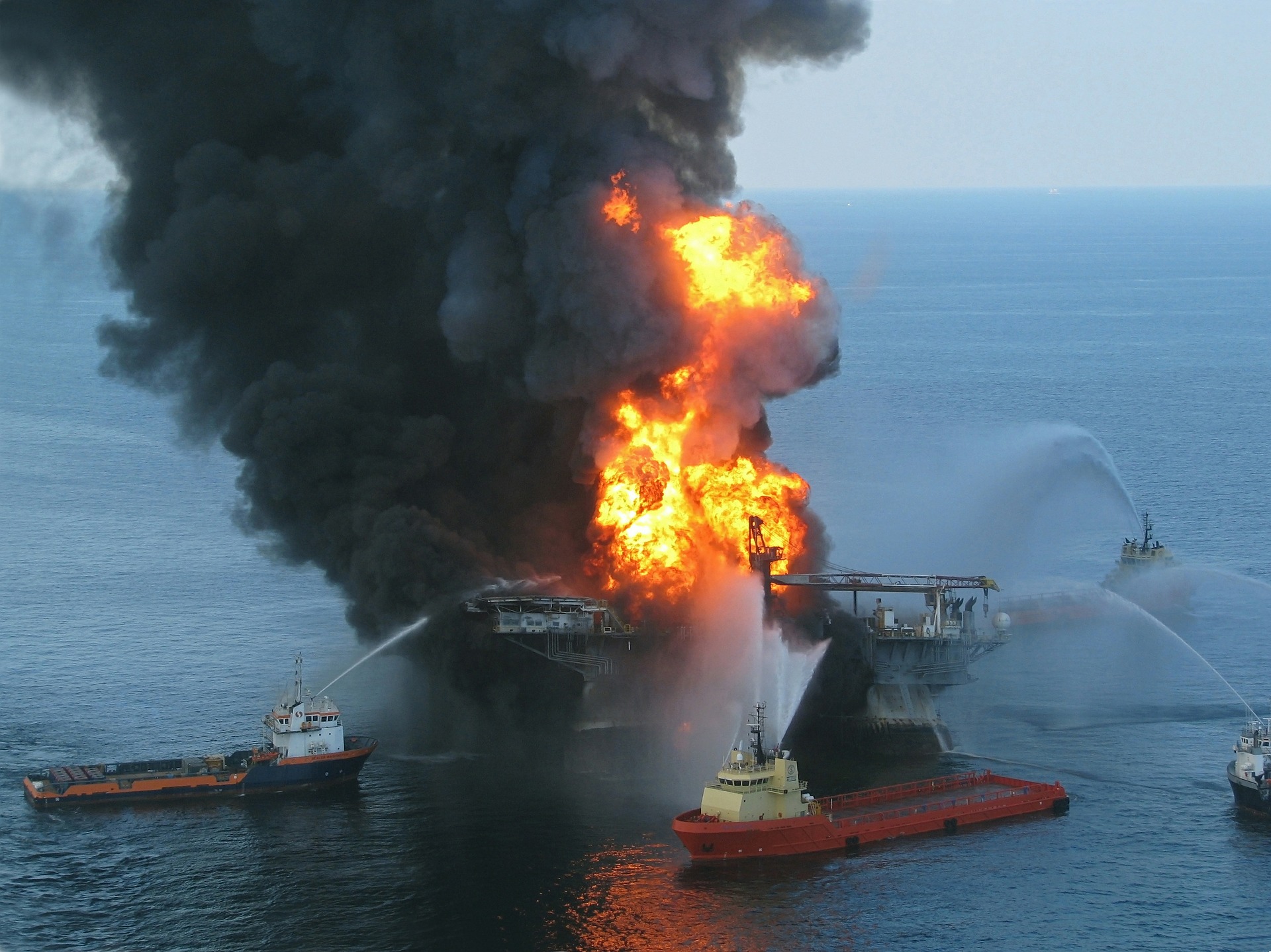Monday, February 5, 2018
Saturday, February 3, 2018
Oil Spill From Sanchi May Have Reached Japan
EcoWatch
Oil from the stricken oil tanker Sanchi, which exploded and sank in the East China Sea, may have now reached the shores of Japan, according to the country's Coast Guard. More here.
BP Offshore Drill Project Approval Points to Need for Reform

OTTAWA - Sierra Club Canada Foundation is disappointed, but not surprised, that Federal Environment Minister Catherine McKenna approved up to seven exploratory drill wells for BP off Nova Scotia yesterday. The leases where BP will be drilling are located 48 km from Sable Island National Park and 71 km from the Gully Marine Protected Area, home to the Northern bottlenose whale and deep-sea corals.
"I wish I could say I was shocked, but sadly I'm not," stated Gretchen Fitzgerald, National Program Director of Sierra Club Canada Foundation.
"This project could result in a massive blow out on the East coast, one
that we are not prepared nor equipped to deal with. Even under the best
conditions, BP says it will take two weeks to cap a well. That's two weeks
for oil to flow, threatening whales, fish, birds, and fisheries."
The Environmental Assessment Report for the project indicates that in
case of a spill, oil could reach fishing grounds on Emerald Bank in 6 days,
and Georges Bank in 20 days. Since the company’s own estimate of getting
a well capped and contained after a blowout is between 13-25 days, and its
self-assessed "worst case" scenario is that a blowout would be uncontrolled
for up to 30 days, this puts these fishing grounds at an unacceptable risk.
It should be noted that the Gulf of Mexico spill lasted almost 90 days.
The approval, signed by federal Environment Minister Catherine McKenna,
lays out some conditions, including the requirement that BP consult
indigenous groups regarding the specific aspects of its spill response plan.
In addition to readiness for capping wells, spill response may include using
dispersants - chemicals that have been shown to harm marine life and threaten
human health. However, final say on the oil spill plan will go to the
Canada-Nova Scotia Offshore Petroleum Board, which has a conflicting
mandate to promote the oil industry.
"This is exactly the type of regulatory capture that was reversed in the
United States after the BP spill in the Gulf of Mexico. Our offshore oil
regulations are deeply flawed and the soon-to-be released new
environmental assessment law must absolutely demonstrate improvements
in this direction," adds Fitzgerald." We will continue to mobilize with our
allies to stop the BP project from proceeding this spring."
-30-- ra Club Can
Friday, February 2, 2018
Spill near Vancouver. Is the cosmos messing with Trudeau and Notley?
NATIONAL
Just as the Kinder Morgan pipeline controversy surges to fever pitch over oil spill impacts, a barge near Vancouver has sunk, spilling diesel into the ocean in the territory of the Squamish Nation. More here.
RELATED: Spills are an ocean away — until they’re not
A sunken tanker in the harbour at San Juan,
Puerto Rico, 1968. U.S, Navy photo.
RELATED: Spills are an ocean away — until they’re not
Polar bears are wasting away in a changing climate
nature
Photo by Andreas Weith
Melting sea ice makes it hard for the Arctic predators to consume enough calories to survive. More here.
Thursday, February 1, 2018
BC Moves to Block Kinder Morgan
SIERRA
CLUB BC
This week we scored another victory on the path to stopping Kinder Morgan’s pipeline and tankers. Story here.
‘Big Five’ in Alberta’s oilpatch suspected of sitting on a $2 trillion liability
NATIONAL
OBSERVER
The five companies that own most of the oilsands production in Alberta should come clean with the public about the "enormity" of the costs — adding up to nearly $2 trillion in a worst-case scenario — of their pollution, says a new study. More here.
Subscribe to:
Comments (Atom)
How thousands of fossil fuel lobbyists got access to UN climate talks – and then kept drilling
The Guardian Research shows oil, gas and coal firms’ unprecedented access to Cop26-29, blocking urgent climate action - and then kept drilli...
-
Are hungry kids a priority for the Harper government? by Larry Powell The forum (for the riding of Dauphin - Swan River - Neepawa) w...
-
by Larry Powell Planet In Peril has sorted through some of the confusion surrounding the absence of Robert Sopuck, the Conservative M...
-
Larry Powell Powell is a veteran, award-winning journalist based in Shoal Lake, Manitoba, Canada. He specialize in stories about agriculture...



